If there is a more striking, more moving, more downright enjoyable way to experience Shakespeare’s second-from-last play, I have yet to see it. The Winter’s Tale, originally a “romance” in five acts, is widely regarded as a problem play, not only because of its lack of poetic blank verse or cheerful rhymed couplets, but because of its lurching narrative tone, the first three acts filled with bleak psychological drama, the last two comic and frothy. And then there are those challenging stage directions: a statue that mysteriously comes to life, a breathless chase across land and sea, and the notorious “Exit pursued by bear”.
 The production was created for the company 10 years ago by a choreographer who trained within its ranks and knew from the inside its particular strengths. The Royal’s principals are not just great dancers, they’re great actors too, and making sense of the complexities of this most wintry of tales – a once-noble king who destroys all that he loves in a fit of baseless jealousy – uses every ounce of those dramatic skills. Another reason why this show makes headway through a difficult text is that, being a wordless medium, ballet is able – in skilled hands – to sublimate complicated text in dance imagery, which can be both subtle and direct. The moment when the first shadow of doubt clouds King Leontes’ mind is projected with such clarity that all its implications and possible repercussions tumble into view.
The production was created for the company 10 years ago by a choreographer who trained within its ranks and knew from the inside its particular strengths. The Royal’s principals are not just great dancers, they’re great actors too, and making sense of the complexities of this most wintry of tales – a once-noble king who destroys all that he loves in a fit of baseless jealousy – uses every ounce of those dramatic skills. Another reason why this show makes headway through a difficult text is that, being a wordless medium, ballet is able – in skilled hands – to sublimate complicated text in dance imagery, which can be both subtle and direct. The moment when the first shadow of doubt clouds King Leontes’ mind is projected with such clarity that all its implications and possible repercussions tumble into view.
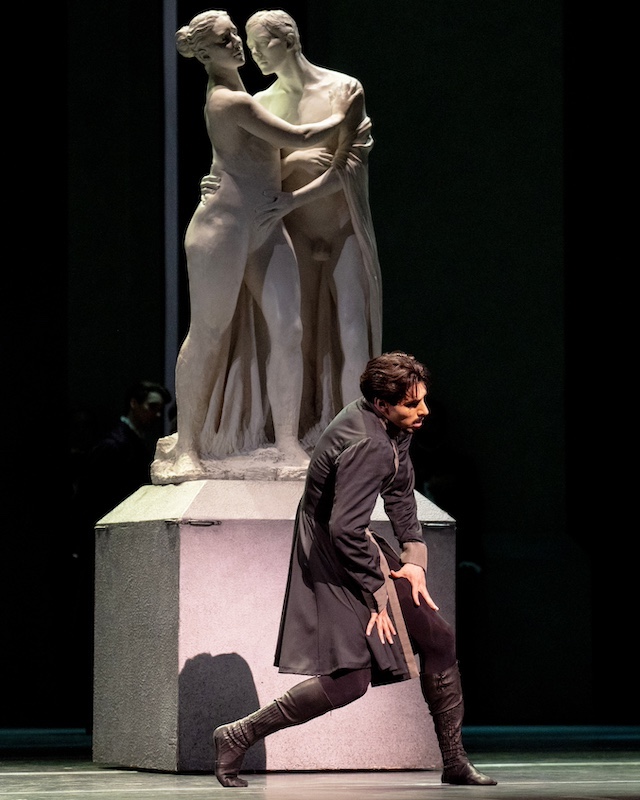 Leontes, his wife Hermione and the king's childhood friend Polixenes (all three pictured above) have been enjoying each other's company. Each of the men, sensing possible strain on the heavily pregnant Hermione, places a hand on her belly – an innocent and caring gesture on both sides, but one which is suddenly taken amiss, launching an unstoppable torrent of vile behaviour from the husband who believes himself cuckolded. Joby Talbot’s score, exemplary in its orchestral range and power to underpin such plot points, is equally good at guiding our grasp of characters’ more nuanced reactions: Hermione’s bafflement and rising horror in the face of her husband’s accusations, her lady-in-waiting Paulina’s eloquent defence of her mistress, the blind malignancy of the jealous king (Cesar Corrales, pictured above). It’s here, especially, that Wheeldon’s choreographic imagination takes flight, picturing Leontes as a scorpion, a deadly spider, a venomous snake, a thing of monstrous evil. We watch this psychodrama increasingly aghast and the pacing is superb.
Leontes, his wife Hermione and the king's childhood friend Polixenes (all three pictured above) have been enjoying each other's company. Each of the men, sensing possible strain on the heavily pregnant Hermione, places a hand on her belly – an innocent and caring gesture on both sides, but one which is suddenly taken amiss, launching an unstoppable torrent of vile behaviour from the husband who believes himself cuckolded. Joby Talbot’s score, exemplary in its orchestral range and power to underpin such plot points, is equally good at guiding our grasp of characters’ more nuanced reactions: Hermione’s bafflement and rising horror in the face of her husband’s accusations, her lady-in-waiting Paulina’s eloquent defence of her mistress, the blind malignancy of the jealous king (Cesar Corrales, pictured above). It’s here, especially, that Wheeldon’s choreographic imagination takes flight, picturing Leontes as a scorpion, a deadly spider, a venomous snake, a thing of monstrous evil. We watch this psychodrama increasingly aghast and the pacing is superb.
The sunny middle section of the story, such a problem on the theatre stage because nothing much happens, is a gift to dancers and musicians. Bob Crowley’s set design of a single spreading tree, its branches hung with jewels, is a gorgeous emblem of winter’s opposite, under whose . boughs a community gathers to dance and celebrate the season. Onstage musicians cook up a storm of east-European folk-tinged tunes, and if the entire cast of Bohemian shepherds don’t completely let rip like the proverbial dervishes, they come as close to it as their ballet training will let them.
 Anyone familiar with Shakespeare's text will marvel at the deftness with which choreographer and composer conspire in this production to wrap up the romcom and dispatch the young lovers from Bohemia to Sicily (an enraged parent in hot pursuit) with the pace and sensationalism of an action movie. When the register shifts for a final time the reconciliations are unstoppable. Prepare to be moved again and again as the lost daughter is united with her father, a broken friendship is restored, and a wronged wife, believed dead for 16 years, lives and breathes and offers forgiveness.
Anyone familiar with Shakespeare's text will marvel at the deftness with which choreographer and composer conspire in this production to wrap up the romcom and dispatch the young lovers from Bohemia to Sicily (an enraged parent in hot pursuit) with the pace and sensationalism of an action movie. When the register shifts for a final time the reconciliations are unstoppable. Prepare to be moved again and again as the lost daughter is united with her father, a broken friendship is restored, and a wronged wife, believed dead for 16 years, lives and breathes and offers forgiveness.
Watching the opening night cast, it's hard to imagine any other coming close: Lauren Cuthbertson's Hermione so eloquent in her distress, Cesar Corrales such a tortured, and violent, Leontes, Francesca Haywood such a blithe and lyrical Perdita ... But every cast will be worth seeing because the Royal Ballet is on a roll – witness the rebranding of the institution, announced just the other day. From now on we must get used to calling it the RBO – the Royal Ballet and Opera. The Ballet is at last, having shared its home since 1946, being given its due. Its corps de ballet is probably the best in the world; its stars shine, its time has come.




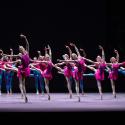

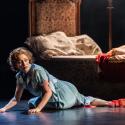


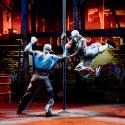


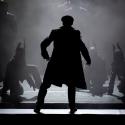
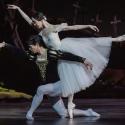
Add comment